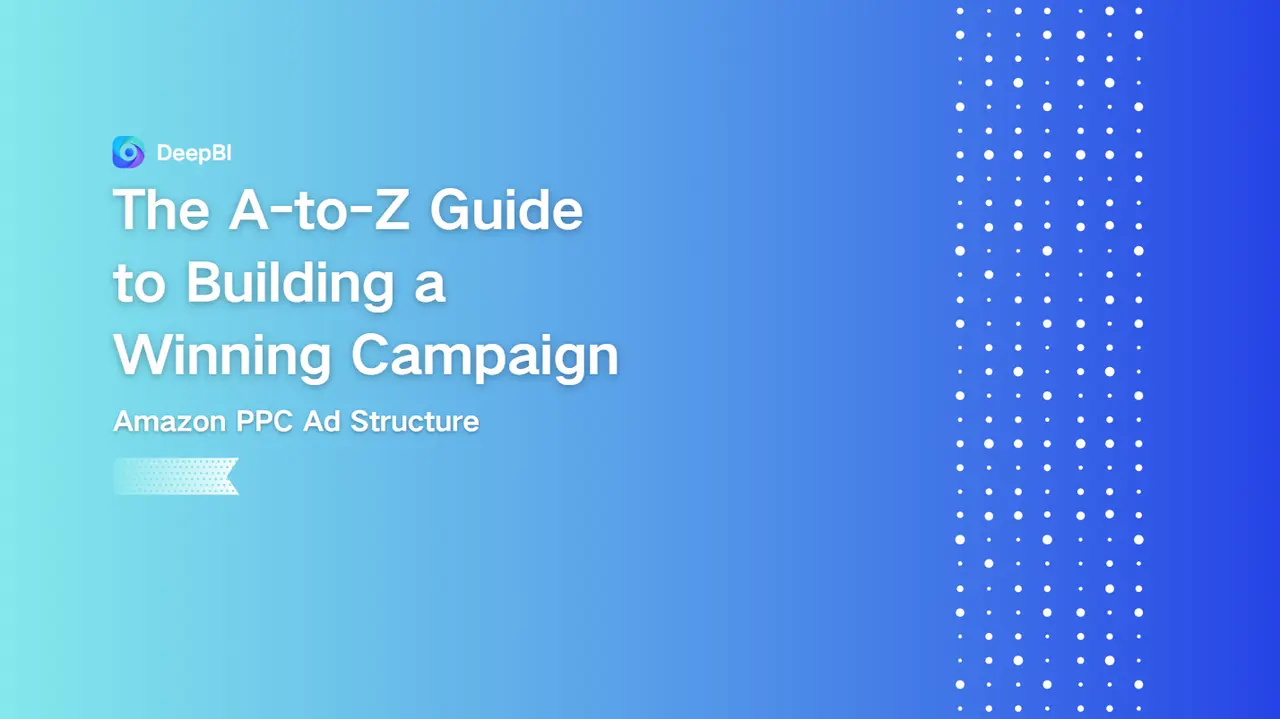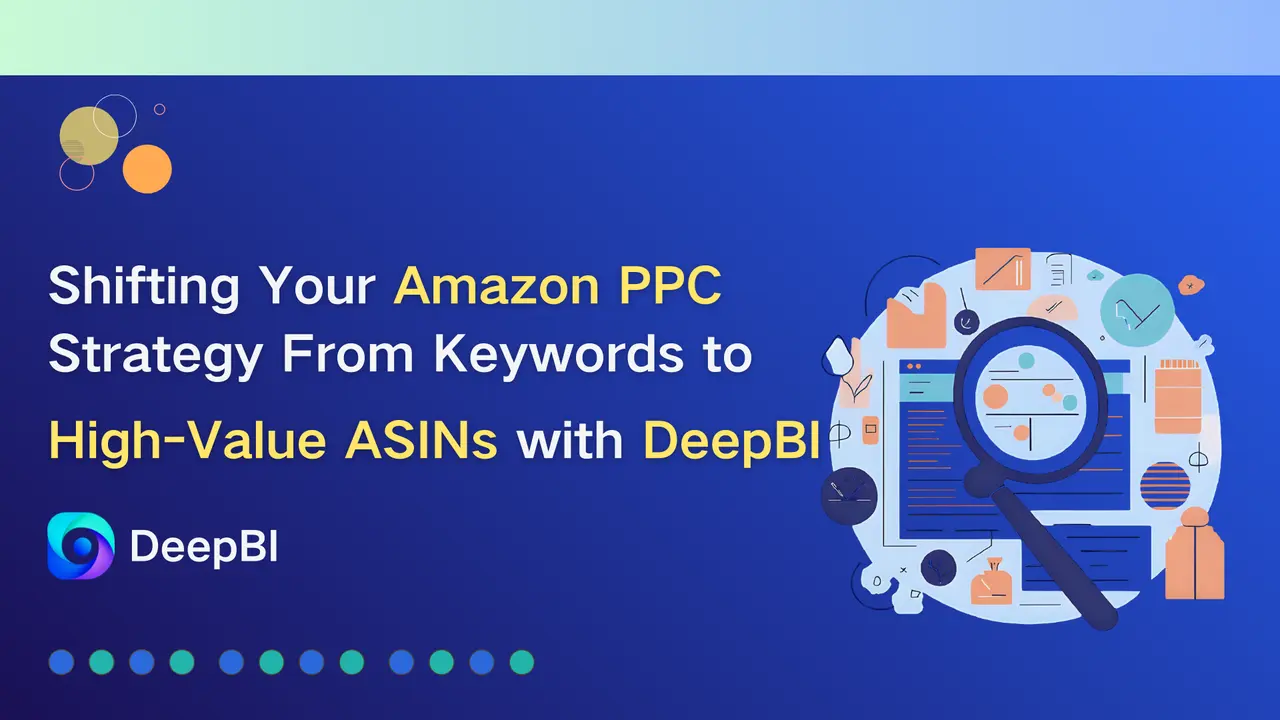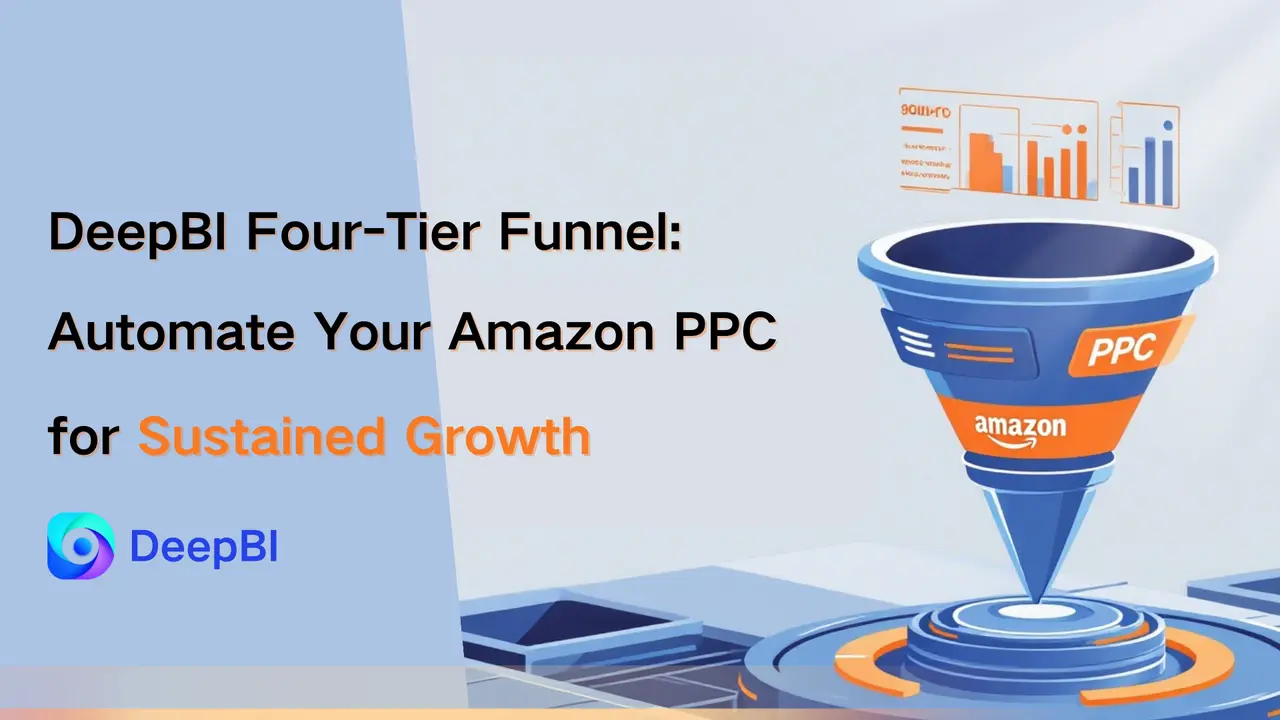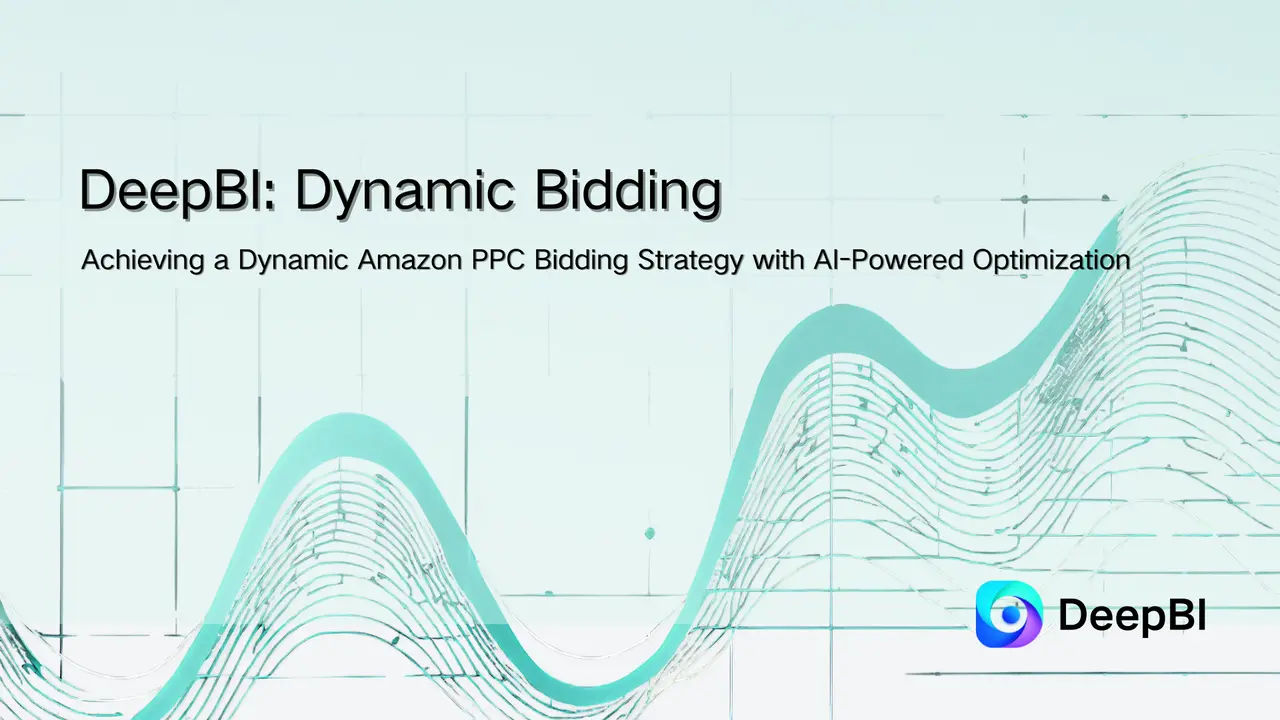In the world of Amazon advertising, building an effective campaign structure is a core challenge for many sellers. A well-designed structure not only enables precise targeting but also significantly boosts your management efficiency. This article will walk you through the fundamentals, explore the pros and cons of different management styles, and provide a structured approach that balances efficiency with granular control.
Part One: Your Practical Guide
1. Understanding the Basic Levels of Amazon Advertising
Before launching any campaign, you must first understand the three core levels of the Amazon advertising system. This is the foundation of any good campaign structure.
- Campaigns: This is the top level. It defines your overall budget and duration for your ads. A campaign can contain one or more ad groups.
- Ad Groups: Below the campaign level, ad groups are used to organize and manage a group of related products or targeting goals.
- Keywords / Targeting: This is the lowest level, where you select specific keywords, ASINs, or other targets to reach your audience.
2. Building Your Initial Ad Structure (From Zero to One)
For new sellers, starting an ad campaign can feel overwhelming. A common mistake is to create manual campaigns based on intuition or by pulling a large list of keywords from third-party tools. While this "a priori" method, based on assumptions, might get you up and running quickly, it comes with a huge risk: you lose your most valuable data source. Many sellers, upon seeing initial success with this method, prematurely conclude that their auto campaigns are worthless and turn them off. This is a critical error, as it forfeits the true purpose of auto campaigns as a "scout" and "data collector."
We strongly recommend a data-driven, "a posteriori" approach that starts with a clear, controllable structure.
- Initial Launch: Start with an Auto Campaign. The auto campaign is your scout; it uses Amazon's algorithm to automatically match your product with search terms. Its primary mission isn't immediate conversion, but to provide you with valuable, firsthand traffic and consumer behavior data.
- Data Analysis: After your auto campaign runs for a while, export a Search Term Report. This report is your data treasure trove, showing you which keywords and competing ASINs are performing well.
- Manual Build-Out: Based on this report, you can then build out two parallel manual campaigns:
- Keyword Campaign: Filter out the keywords with high conversion rates and click-throughs from your report, and place them in a manual ad group for targeted bidding.
- ASIN Targeting Campaign: Select the high-performing competing ASINs from your report and use them as targets in an ASIN targeting campaign.
Part Two: When Your Ads Face Challenges
Addressing the Scaling Challenge with a New Structure
As your product line and ad data grow, you'll find that a simple auto-plus-manual structure is no longer enough. At this point, you'll need a more advanced structure. The most common management styles often fail to balance management efficiency with granular control.
Broad Management
In this style, you lump all similar products or keywords together.
- Pros: Simple to manage.
- Cons: You lose control over your budget. Top-performing products can be starved of budget, while poor performers continue to waste it.
Highly Granular Management
This involves creating a separate campaign for every SKU or even every keyword.
- Pros: Offers maximum control to optimize each product's full potential.
- Cons: Extremely labor-intensive and costly. As the Number of Seed Keywords and Seed ASIN Count grows, manual management becomes unsustainable.
The DeepBI "Intermediate" Ad Structure
In a sea of viable options, DeepBI has chosen an efficient "intermediate" campaign structure. This solution ensures clear data attribution, allowing you to understand the value of each traffic source and focus on traffic tiering and flow.
This structure consists of three interconnected campaigns that work together to create an efficient traffic loop for a single parent ASIN:
- SP-Auto (Discovery): This campaign acts as the system's discovery engine. Its primary role is to find new, high-potential search terms and ASINs.
- SP-ASIN (Targeting): This is the filtering funnel. It targets the high-potential ASINs discovered by the SP-Auto campaign for precise targeting and conversion.
- SP-Manual (Conversion): This campaign is the conversion accelerator. It manages the high-converting keywords that have already been validated.
The essence of this structure lies in its systematic traffic tiering and flow. Crucially, the DeepBI system automates this entire process. It automatically adds high-performing keywords and ASINs while continuously eliminating underperforming ones, ensuring your account remains efficient and healthy.
Putting It to the Test: A Case Study from the Japan Marketplace
A good methodology must be proven in practice. Here is an overview of an ad structure for a parent ASIN we observed in the Japan marketplace. This product had a foundational ad history. Building on that, the DeepBI system's smart filtering continuously added new keywords and competing ASINs. It's worth noting that keywords are only added to the management pool after they generate a sale, while competing ASINs are primarily sourced from top-ranked products.
Through the data below, you can clearly see the synergy of these three campaign types in the traffic funnel:
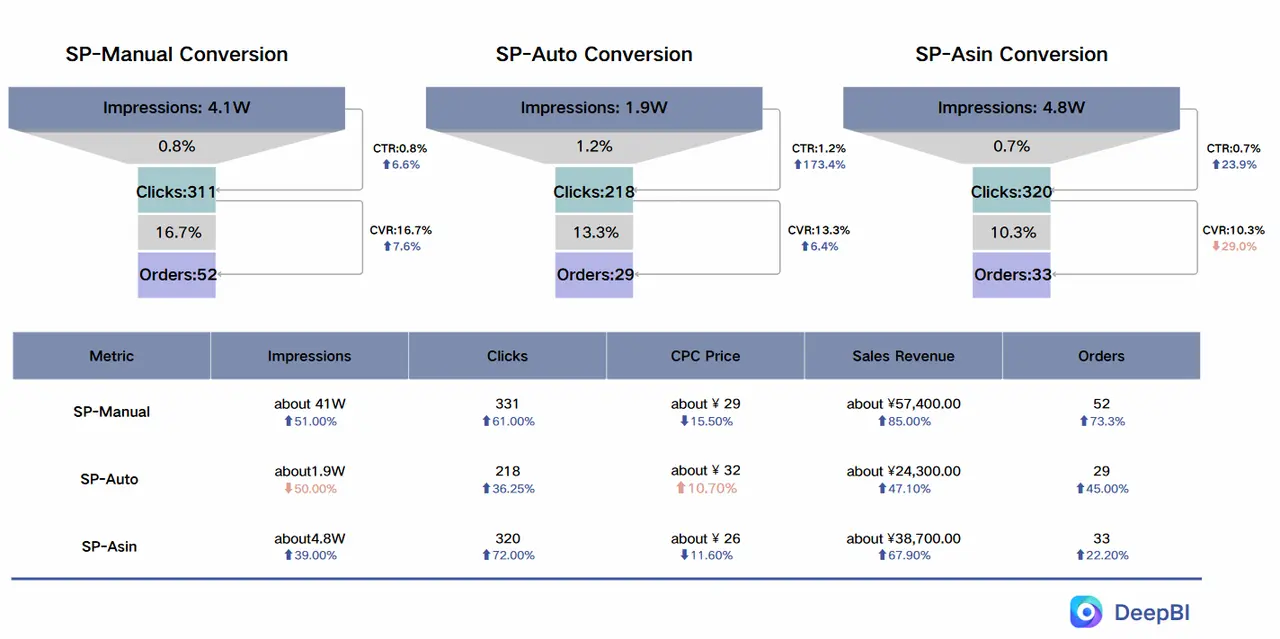
- SP-Manual showcases the power of granular control, delivering the highest number of orders (52) and total sales (approx. ¥57,000) at a competitive CPC (approx. ¥28.5).
- SP-Auto continues to provide a steady stream of new traffic leads. While its CPC is slightly higher (approx. ¥31.97), its 13.3% conversion rate proves its effectiveness in discovering new traffic.
- SP-ASIN demonstrates the value of competitor traffic, contributing a considerable number of orders (33) and revenue (approx. ¥38,000) at a lower CPC (approx. ¥25.7).
This structure gives you a clear view of where every penny is spent, allowing you to make precise budget and bid adjustments based on the data.
A Non-Destructive Solution
You may already have a complex advertising account and worry that switching structures could hurt your existing performance. DeepBI's solution is non-destructive. This independent campaign structure can run alongside your existing campaigns. You can keep your current setup as a "safety net" while you test the effectiveness of our structured approach.
Conclusion
Whether you are a new seller seeking a clear ad management template or a seasoned one looking to optimize existing accounts, a structured approach is key to effective PPC ad management.
DeepBI's "intermediate" campaign structure simplifies the management process while ensuring granular control, providing a reliable path for consistent growth. If you are interested in the detailed logic and operations behind this four-stage traffic loop, you can read our previous blog post.


